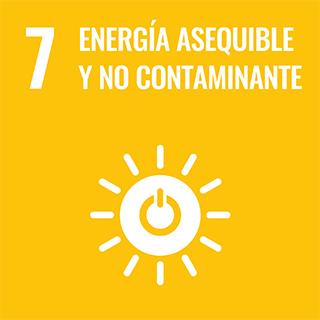
Indexat a
Llicència i ús

Impacte en els Objectius de Desenvolupament Sostenible (ODS)

Anàlisi d'autories institucional
Velasco AAutor o coautorEnhanced Electrode Deposition for On-Chip Integrated Micro-Supercapacitors by Controlled Surface Roughening
Publicat a:Acs Omega. 5 (10): 5219-5228 - 2020-03-17 5(10), DOI: 10.1021/acsomega.9b04266
Autors: Vyas A; Wang K; Anderson A; Velasco A; Van Den Eeckhoudt R; Haque MM; Li Q; Smith A; Lundgren P; Enoksson P
Afiliacions
Resum
© 2020 American Chemical Society. On-chip micro-supercapacitors (MSCs), integrated with energy harvesters, hold substantial promise for developing self-powered wireless sensor systems. However, MSCs have conventionally been manufactured through techniques incompatible with semiconductor fabrication technology, the most significant bottleneck being the electrode deposition technique. Utilization of spin-coating for electrode deposition has shown potential to deliver several complementary metal-oxide-semiconductor (CMOS)-compatible MSCs on a silicon substrate. Yet, their limited electrochemical performance and yield over the substrate have remained challenges obstructing their subsequent integration. We report a facile surface roughening technique for improving the wafer yield and the electrochemical performance of CMOS-compatible MSCs, specifically for reduced graphene oxide as an electrode material. A 4 nm iron layer is deposited and annealed on the wafer substrate to increase the roughness of the surface. In comparison to standard nonroughened MSCs, the increase in surface roughness leads to a 78% increased electrode thickness, 21% improvement in mass retention, 57% improvement in the uniformity of the spin-coated electrodes, and a high yield of 87% working devices on a 2″ silicon substrate. Furthermore, these improvements directly translate to higher capacitive performance with enhanced rate capability, energy, and power density. This technique brings us one step closer to fully integrable CMOS-compatible MSCs in self-powered systems for on-chip wireless sensor electronics.
Paraules clau
Indicis de qualitat
Impacte bibliomètric. Anàlisi de la contribució i canal de difusió
El treball ha estat publicat a la revista Acs Omega a causa de la seva progressió i el bon impacte que ha aconseguit en els últims anys, segons l'agència Scopus (SJR), s'ha convertit en una referència en el seu camp. A l'any de publicació del treball, 2020, es trobava a la posició , aconseguint així situar-se com a revista Q1 (Primer Cuartil), en la categoria Chemical Engineering (Miscellaneous).
Independentment de l'impacte esperat determinat pel canal de difusió, és important destacar l'impacte real observat de la pròpia aportació.
Segons les diferents agències d'indexació, el nombre de citacions acumulades per aquesta publicació fins a la data 2025-07-24:
- Open Alex: 7
- WoS: 4
- Scopus: 4
Impacte i visibilitat social
Anàlisi del lideratge dels autors institucionals
Aquest treball s'ha realitzat amb col·laboració internacional, concretament amb investigadors de: Belgium; Sweden; United States of America.

